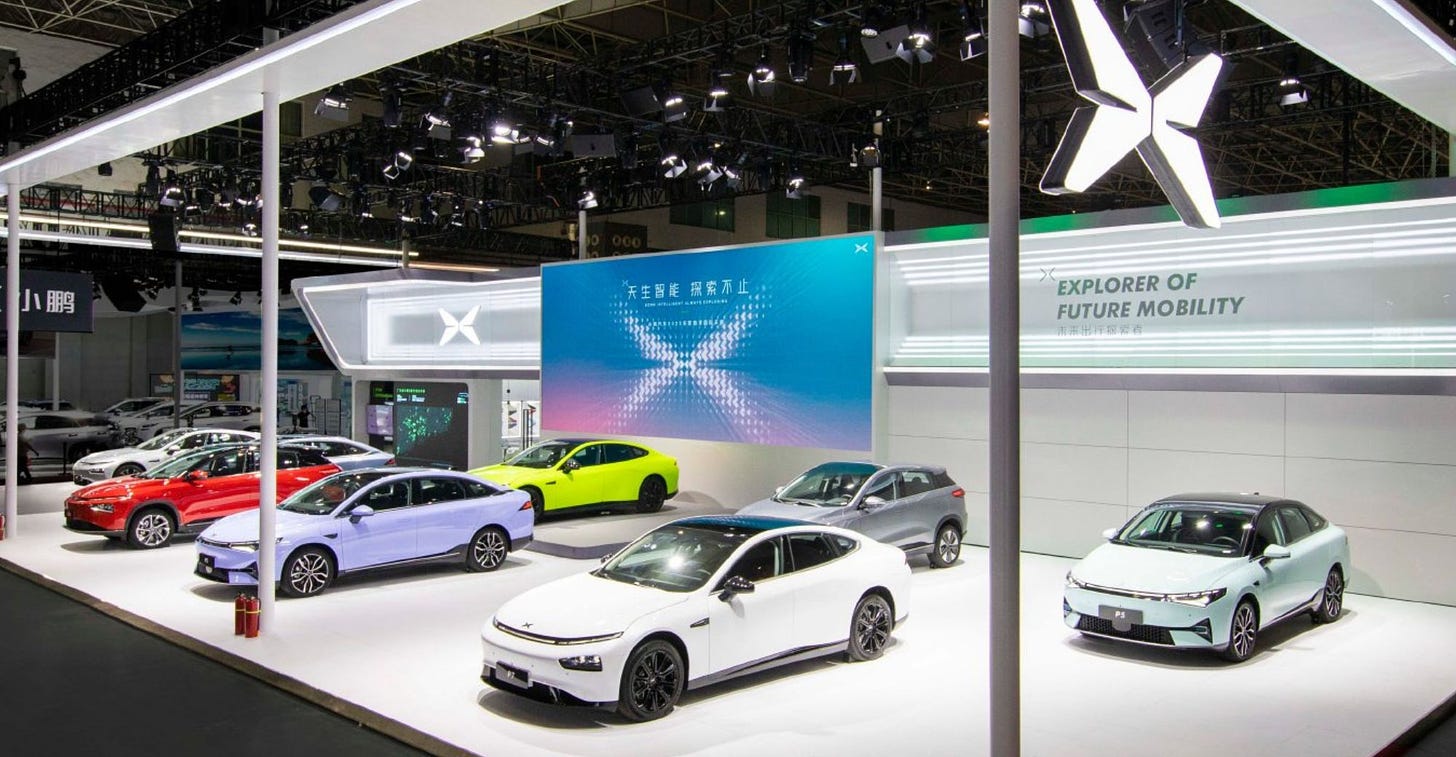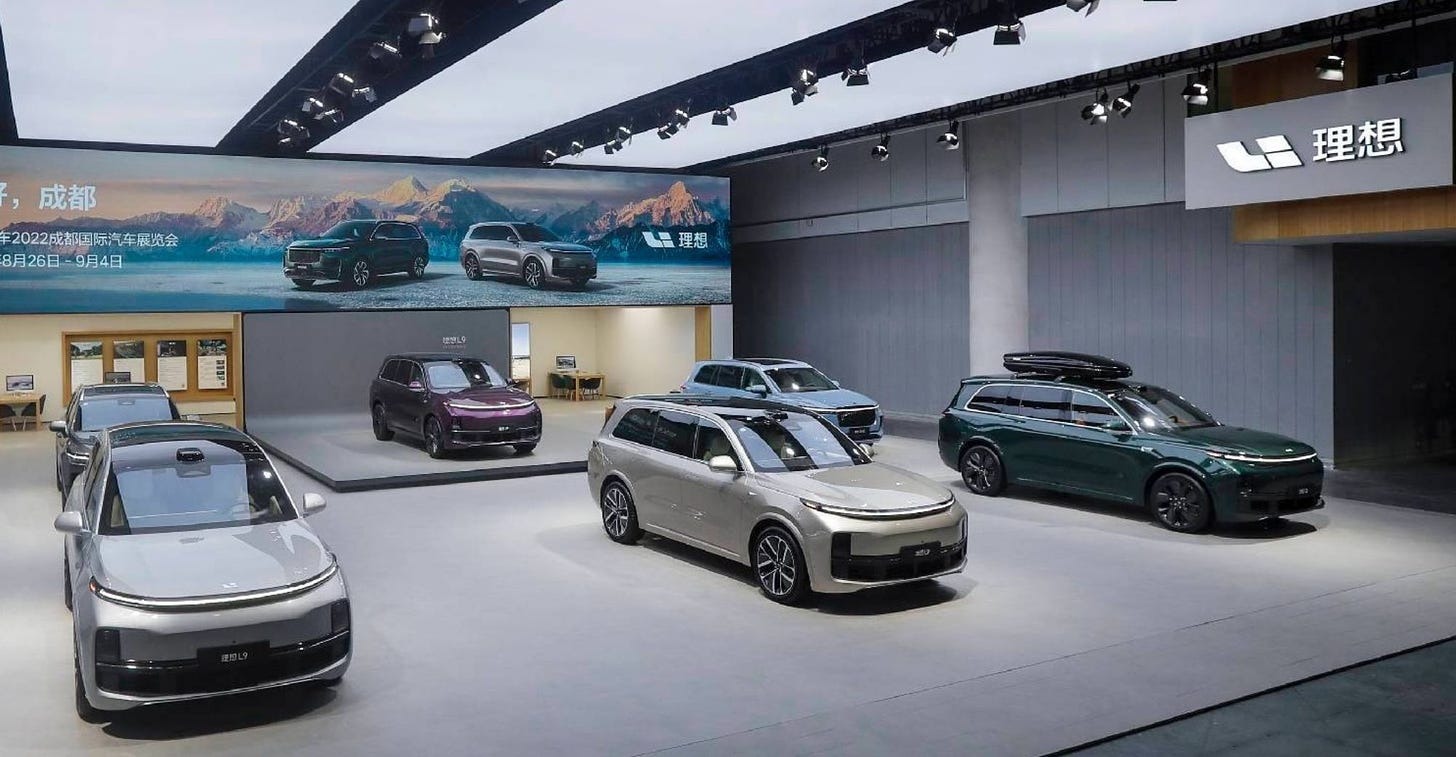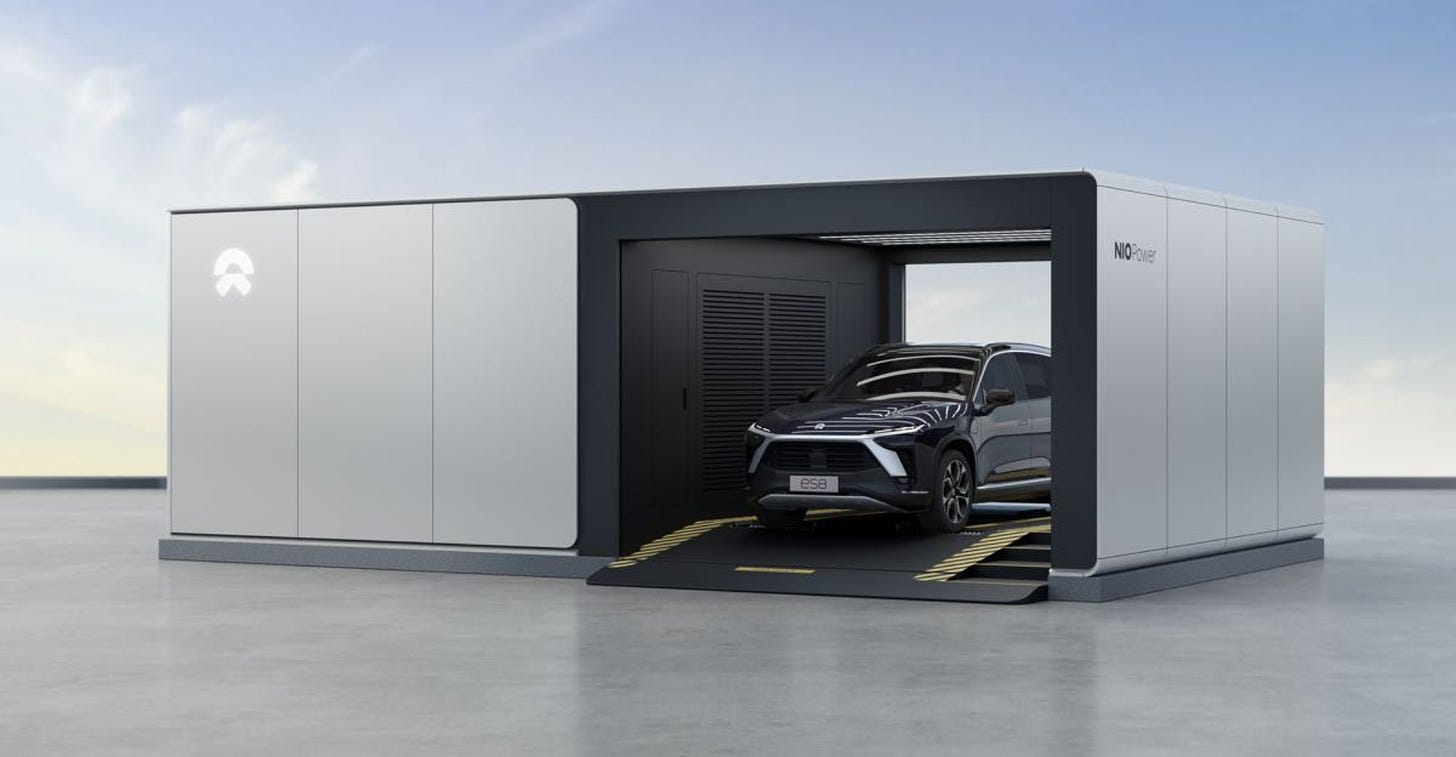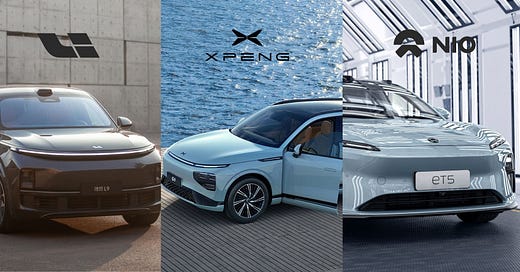Why Did NIO, XPeng and Li Auto Together Lose Nearly $1.38B in H1?
As of September 7, three leading Chinese new energy vehicle (NEV) enterprises, including NIO, XPeng Motors and Li Auto, had successively released their financial reports for the first half of 2022. During the period, NIO’s net loss reached 4.57 billion yuan ($658.7 million), XPeng Motors saw a net loss of 4.402 billion yuan ($634.5 million), while Li Auto recorded a net loss of 595 million yuan ($85.8 million). The combined losses of three firms amounted to nearly 9.6 billion yuan ($1.38 billion).
Among them, XPeng Motors delivered a total of 68,900 vehicles in the first half of 2022, with a net loss of 4.402 billion yuan, which is equivalent to a loss of 63,900 yuan for new car sold by the company. NIO and Li Auto are in a similar situation. NIO lost 108,900 yuan for every car sold, and Li Auto lost 10,400 yuan for each car sold in the first half of the year.
In addition, since the beginning of this year, the stock prices of all these three companies have fallen sharply. As of the morning of September 9, the market value of NIO, XPeng Motors and Li Auto was $29.576 billion, $13.43 billion and $27.131 billion respectively.
21st Century Business Herald reported that, two years ago, NIO, XPeng Motors and Li Auto were mainly trapped in funds. Now, the three companies have stepped on different development paths and have encountered various crises.

In the first half of this year, XPeng Motors delivered 69,000 vehicles. Earlier, the firm said that “it plans to deliver 250,000 vehicles this year and aims at a delivery target of 300,000 units.” This goal is now very likely impossible to achieve. Since July, it has started to boost sales by launching price reduction activities, but the results were not good. With the overall increase of the new energy vehicle market, its sales are declining month by month. The firm now bets on the new model XPeng G9, but the medium-to-large pure electric SUV market where G9 is positioned has been a particularly competitive “Red Sea” market.

Recently, Li Auto has also experienced fresh troubles. The sudden price reduction in China of the Li ONE by 20,000 yuan caused dissatisfaction among its existing customers. Later, Li Xiang, Chairman of Li Auto, said that Li ONE would stop production and that the firm would launch a new model, the Li L8, which ignited the dissatisfaction of Li Auto car owners again and triggered collective rights protection efforts. In fact, the position of Li L9, a model launched in June this year, is very close to Li One, which has caused a decline in Li One’s sales volume.

The biggest advantage of NIO lies in its image of high-end branding, and it occupies a high market share in the pure electric vehicle market with a price of over 300,000 yuan. However, the firm put a large amount of money into user experience in the construction and operation of battery swap infrastructures. This kept the cost of NIO high, and its losses have been the highest among the three new energy car manufacturers.
In addition, since the beginning of 2022, the price of lithium carbonate and raw materials for power batteries has been rising continuously, which makes it difficult for NEV enterprises to make profits. According to public data, the price of lithium carbonate once soared to 515,000 yuan/ton this year, with an increase of more than 10 times in more than a year. Chen Shihua, the deputy secretary of the China Association of Automotive Manufacturers (CAAM), revealed: “At present, few NEV manufacturers can make money, and most of them are in a state of loss.”




